
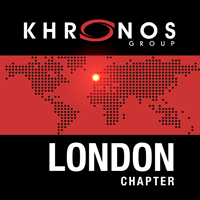
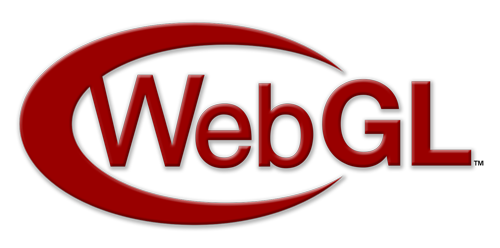 Workshop
Workshop
The State of the Art
Speaker: Carl Bateman
Thursday, 22nd September 2016
Skills Matter | Code Node, 10 South Place, EC2M 2RB, London
Next: TBA
Carl Bateman

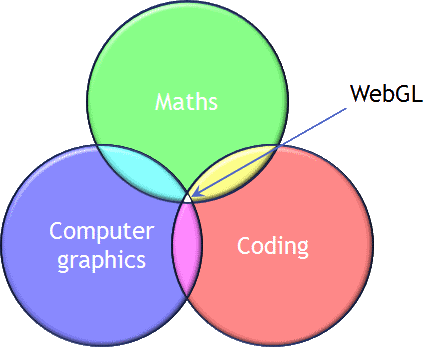
Carl Bateman

By day
- Software Engineer (desktop and web)
- C#, C++, VB, MySQL, .NET, Linq, blah, blah... blah...
- JavaScript, CSS, HTML, WebGL, jQuery, Three.js, blah, blah... blah...
By night
- Software Engineer (still)
- OpenGL, Unity, JavaScript, PHP, CSS, HTML and, of course, WebGL
Carl Bateman

- WebGL Workshop Organiser
- Khronos London Chapter Coordinator
-
Self-appointed WebGL Evangelist
-
Nerd
-
Zealot
- Looney
-
Zealot
-
Nerd
Basically
- I love to code
- I love to graphic
- I love to math†
- eπi +1 = 0 and i² = j² = k² = ijk = -1 ... FUN!!!
- I love to web
Caveat: I approach WebGL from a mathematical, progamming perspective rather than a web design perspective
† the verb form is the only correct use of “math” all other forms are an abomination before man and God
WebGL Workshop
Khronos London Chapter

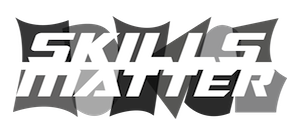

♣ Networking ♣
♥ Easier than googling ♥
♦ Beer ♦
Contact
| meetup.com/WebGL-Workshop-London | |
| [email protected] | |
 |
@CarlBateman |
Participate
Ask questions
Takes photos
Tweet!!!
#WebGLWorkshop
#WebGLLondon
Thanks to...

• For the pizza & beer
• With whom I am affiliated

• Venue
• With whom I am in no way affiliated
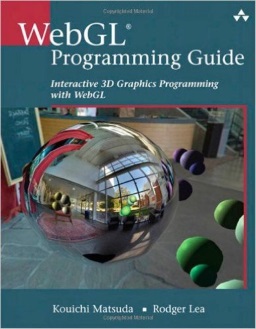

• 45% discount "WebGL Programming Guide" eBook edition
• Check out the MeetUp page
WebGL Workshop
After workshop drinkies and
further networking
Agenda
- Khronos
- News
- WebGL 2.0
- WebGL
- Not Flash –> Exporting to WebGL
- Not WebGL –> Exporting to WebGL
- WebVR
- GLSL online editors
- WebGL browser tools
- glTF
Khronos.org
News
PlayCanvas REST API
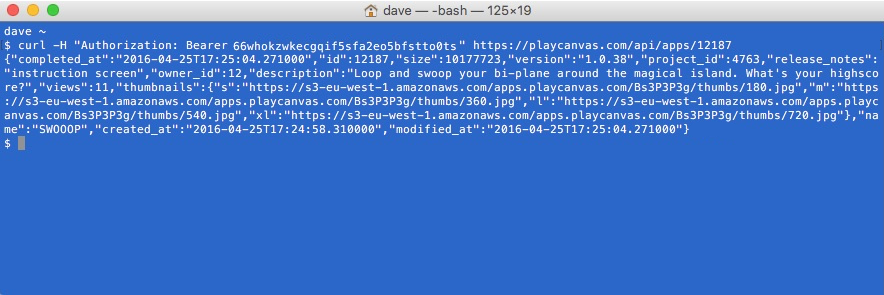
Pixi.js v4
GPU garbage collector
pixi-gl-core
WebGL 2.0
Chrome - enable "WebGL 2.0 Prototype" flag
Firefox - set config "webgl.enable-prototype-webgl2" to true
News
Web Workers
run WebGL in separate thread
Web Monkeys
github.com/MaiaVictor/WebMonkeys
WebGL 2.0
Adds
vertex array objects always available, floating point textures always available, the size of a texture is available to shaders, direct texel lookup, lots of texture formats, 3d textures, texture arrays, non-power of 2 texture support, loop restrictions in shaders removed, indexing sampler arrays restriction removed, matrix functions in glsl, common compressed textures, uniform buffer objects, integer textures, attributes and maths, transform feedback, samplers, depth textures, standard derivatives, instanced drawing, unsigned int indices, blend equation min / max, multiple draw buffers, texture access in vertex shaders, multi-sampled render buffers and occlusion queries
WebGL 2.0
More info and demos, etc.
khronos.org/webgl/wiki/Getting_a_WebGL_Implementation
#WebGL_2.0
github.com/WebGLSamples/WebGL2Samples
webgl2fundamentals.org
WebGL
Executive Summary
"There's a freaking supercomputer in your browser,
and nobody seems to have noticed!"
Steve Sanderson
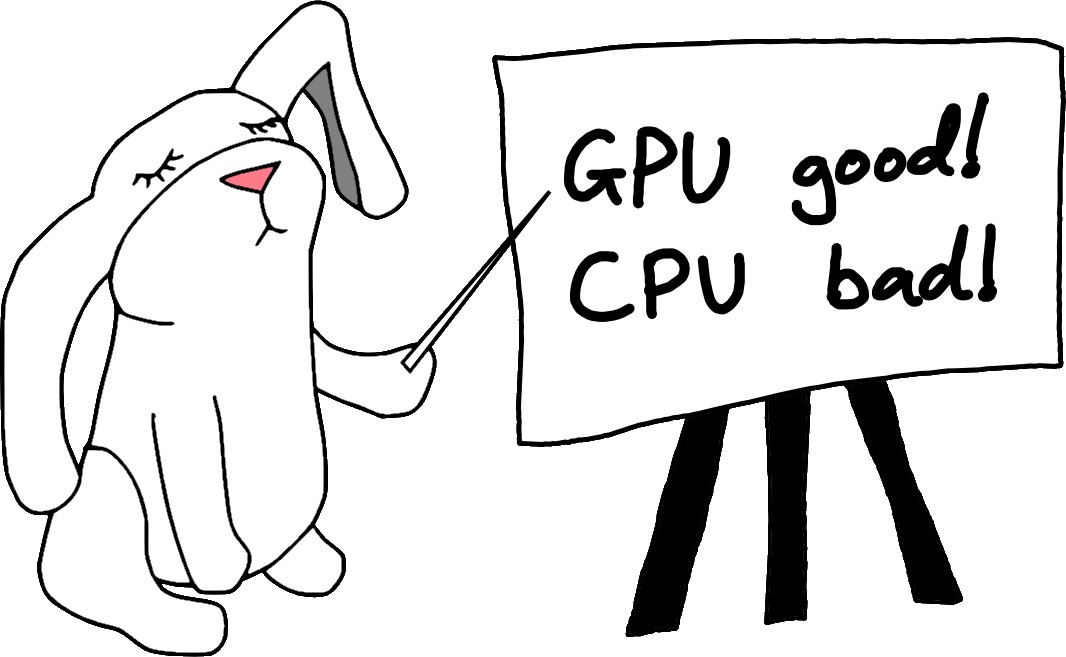
Jasmine Kent
Executive Summary
| CPU bad (slower) (click to zoom) | GPU good (faster) (mouse-wheel to zoom) |
| Refresh page if panel(s) blank | |
Executive Summary
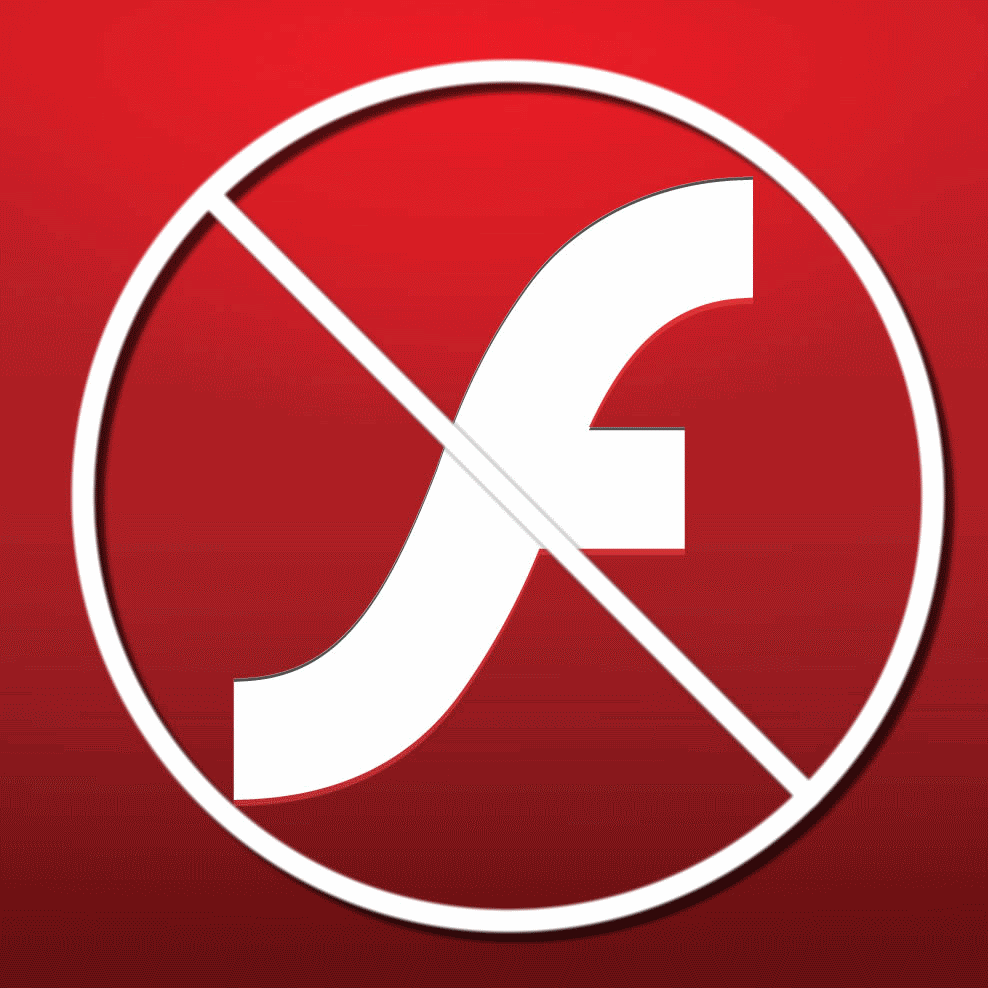
Executive Summary
Executive Summary
What is WebGL?
WebGL - OpenGL ES 2.0 for the Web
“WebGL is a royalty-free, cross-platform API that brings OpenGL ES 2.0 to the web as a 3D drawing context within HTML, exposed as low-level Document Object Model interfaces.
“It uses the OpenGL shading language, GLSL ES, and can be cleanly combined with other web content that is layered on top or underneath the 3D content.
“It is ideally suited for dynamic 3D web applications in the JavaScript programming language, and will be fully integrated in leading web browsers.”
Khronos.org
What is WebGL?
 |
Web standard |
 |
Cross-device |
 |
Cross-platform |
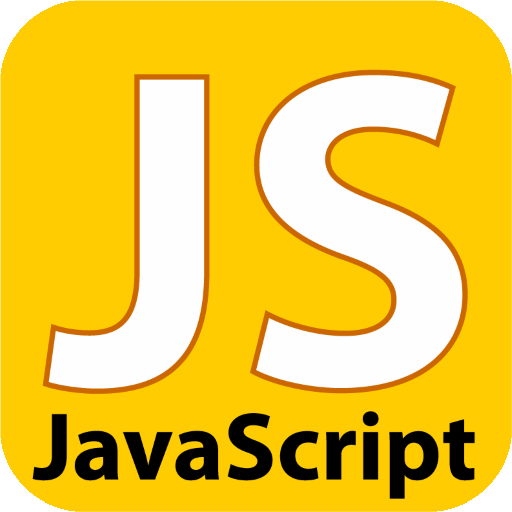 |
Combination of JavaScript API |
 |
and GLSL language |
What is WebGL?
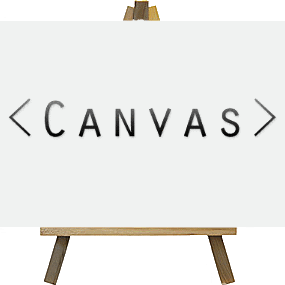 |
Canvas based |
 |
GPU access from browser |
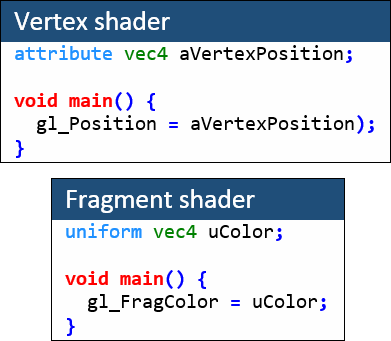 |
Control via shader programs |
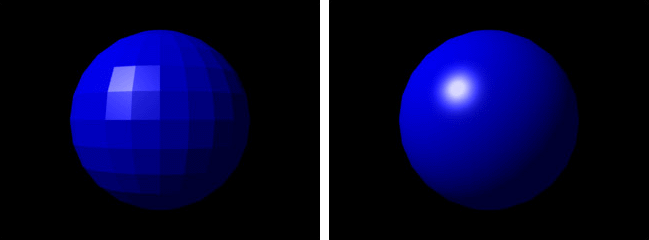 |
Rasteriser - 2D and 3D graphics and more |
Demo
How WebGL Works
JavaScriptCreate Context/Canvas Draw commands Data control GLSLShader program Vertex shader transform vertices Fragment (pixel) shader transform pixels |
 |
How WebGL Works
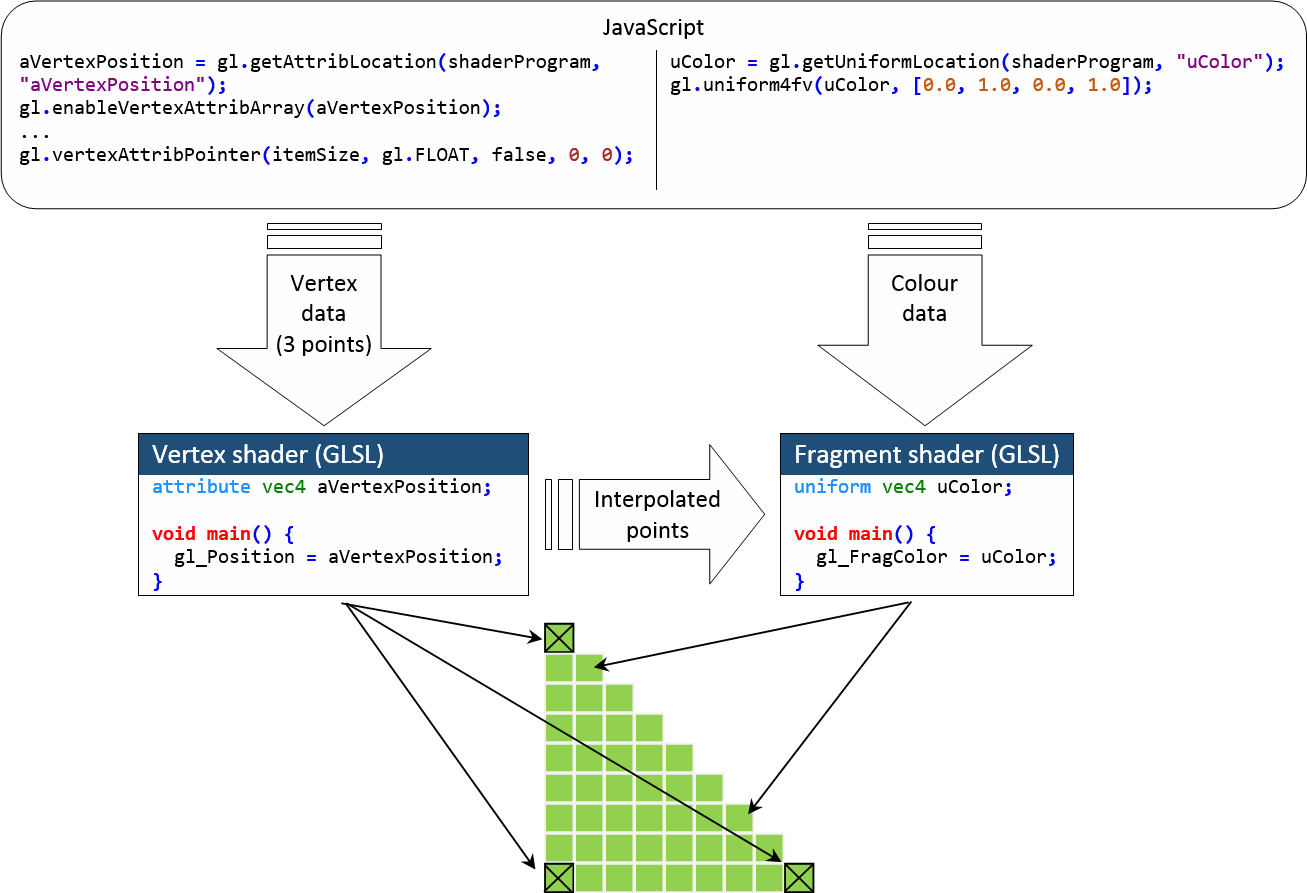
Shaders
Simple vertex shader
Simple fragment shader
GLSL
Language features
C-like
Strongly typed
Optimised for geometry
Native support of vectors and matrices (no quaternions)
Built-in geometry functions e.g. cos, sin, dot, cross, reflect
Swizzle:
vec3 v1, v2;
v1[0] = v2.r;
v1.xyz = v2.rgb;
v1.zyx = v2.bbb;Textures via sampler2D and texture2D (no 1D or 3D textures)
Three.js
var camera, scene, renderer, mesh;
init();
animate();
function init() {
camera = new THREE.PerspectiveCamera( 70, window.innerWidth / window.innerHeight, 1, 1000 );
camera.position.z = 400;
scene = new THREE.Scene();
var texture = THREE.ImageUtils.loadTexture( 'textures/crate.gif' );
var geometry = new THREE.BoxGeometry( 200, 200, 200 );
var material = new THREE.MeshBasicMaterial( { map: texture } );
mesh = new THREE.Mesh( geometry, material );
scene.add( mesh );
renderer = new THREE.WebGLRenderer();
renderer.setPixelRatio( window.devicePixelRatio );
renderer.setSize( window.innerWidth, window.innerHeight );
document.body.appendChild( renderer.domElement );
}
function animate() {
requestAnimationFrame( animate );
mesh.rotation.x += 0.005;
mesh.rotation.y += 0.01;
renderer.render( scene, camera );
}
Babylon.js
function init() {
var canvas = document.getElementById('renderCanvas');
var engine = new BABYLON.Engine(canvas, true);
var scene = new BABYLON.Scene(engine);
scene.clearColor = new BABYLON.Color4(0, 0, 0.0, 0.0);
var camera = new BABYLON.FreeCamera("FreeCamera", new BABYLON.Vector3(0, 1, -400), scene);
camera.attachControl(canvas, false);
var light = new BABYLON.HemisphericLight("hemi", new BABYLON.Vector3(0, 1, 0), scene);
light.groundColor = new BABYLON.Color3(0.4, 0.4, 0.4);
var mesh = BABYLON.Mesh.CreateBox("mesh", 110, scene);
var material = new BABYLON.StandardMaterial("texture", scene);
material.diffuseTexture = new BABYLON.Texture("crate.jpg", scene);
mesh.material = material;
var render = function () {
requestAnimationFrame(render);
mesh.rotation.x += 0.005;
mesh.rotation.y += 0.01;
scene.render();
};
render();
}
WebGL Workshop
glTF = “JPEG for 3D”
-
‘GL Transmission Format’
- Runtime asset format for WebGL, OpenGL ES, and OpenGL applications
-
Compact representation for download efficiency
- Binary mesh and animation data
-
Loads quickly into memory
- GL native data types require no additional parsing
-
Full-featured
- 3D constructs (node hierarchy, materials, animation, cameras, lights)
-
Runtime Neutral
- Can be created and used by any tool, app, or runtime
-
Flexible Extensibility
- e.g. payloads with compression and streaming
More info
github.com/KhronosGroup/glTF
WebGL Workshop
Not WebGL -> Exporting to WebGL
Unreal - Performance (courtesy of PlayCanvas)
Unity - Performance (courtesy of PlayCanvas)
WebGL Workshop
Not Flash -> Exporting to WebGL
Flash replaced with Adobe Animate CC
Demo
(Animate CC / WebGL)
WebGL Workshop
Online Shader Editors
Pixel Shader (on-line book)
WebGL Workshop
WebGL Workshop
WebVR
PlayCanvas
Goo Create
A-Frame
WebGL Workshop
WebGL Workshop
WebVR
A-Frame
<html>
<head>
<script src="https://aframe.io/releases/0.3.0/aframe.min.js"></script>
</head>
<body>
<a-scene>
<a-box color="#6173F4" opacity="0.8" depth="2"></a-box>
<a-sphere radius="2" src="texture.png" position="1 1 0"></a-sphere>
<a-sky color="#ECECEC"></a-sky>
</a-scene>
</body>
</html>